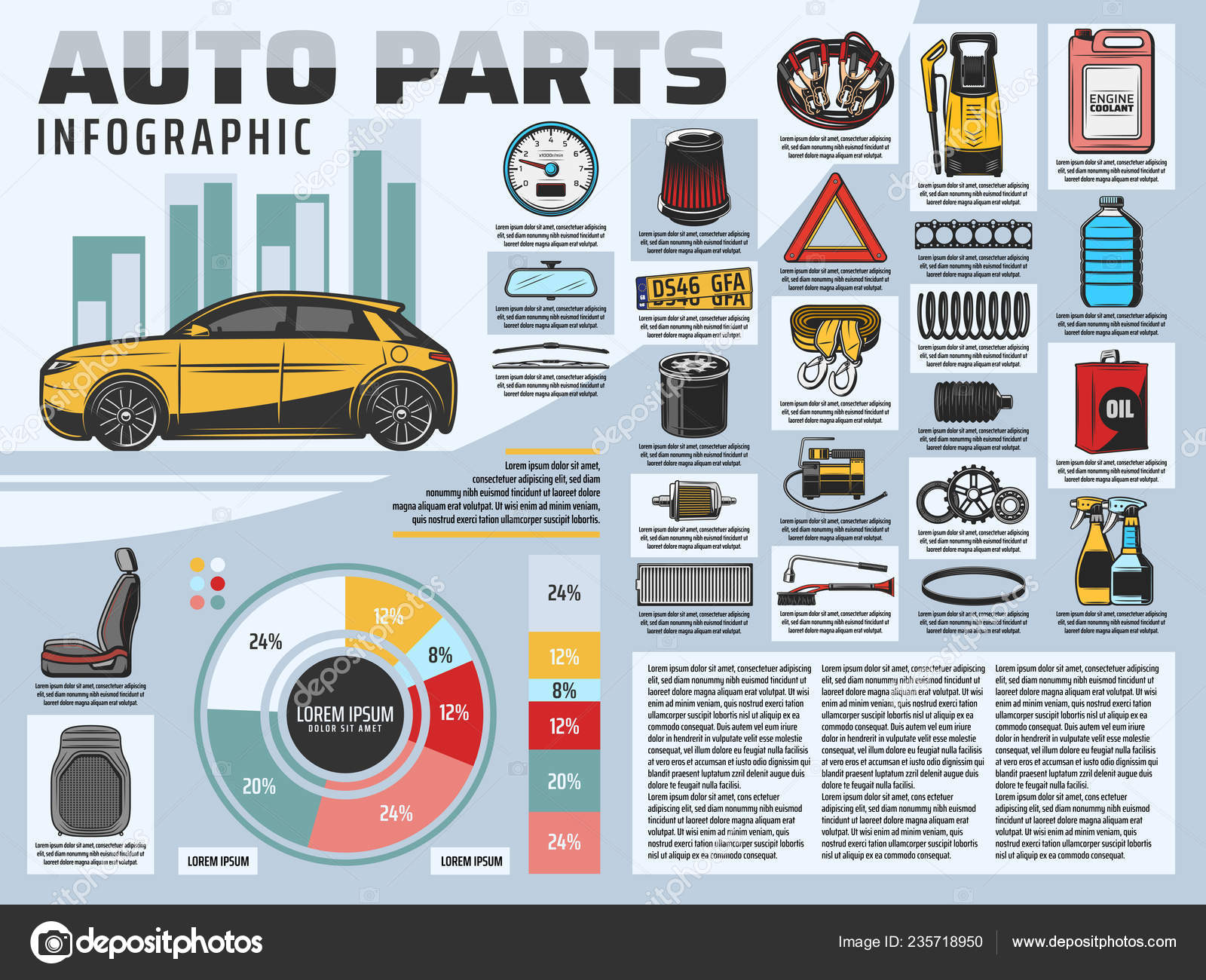Looking For Clarity On The Caution Lights Displayed On Your Cars And Truck'S Dashboard? Figure Out Exactly How They Connect To Your Automobile'S Health And Safety
Looking For Clarity On The Caution Lights Displayed On Your Cars And Truck'S Dashboard? Figure Out Exactly How They Connect To Your Automobile'S Health And Safety
Blog Article
Developed By-Boye Stark
When you lag the wheel, those glowing caution lights on your dashboard can be a bit puzzling. Do you understand what they're trying to tell you about your car's health? Recognizing the value of these lights is important for your safety and the long life of your car. So, the next time among those lights pops up, would not you wish to decode its message accurately and take the essential actions to address it?
Common Warning Lights and Interpretations
Recognize common caution lights in your vehicle and recognize their definitions to guarantee safe driving.
One of the most regular warning lights consist of the check engine light, which signals issues with the engine or emissions system. If https://landenmgavo.buyoutblog.com/32141996/mobile-automobile-outlining-comfort-meets-quality-for-your-lorry begins, it's vital to have your automobile examined quickly.
The oil stress cautioning light suggests low oil pressure, needing immediate focus to avoid engine damages.
A blinking battery light could suggest a damaged charging system, possibly leaving you stranded otherwise attended to.
https://www.ratchetandwrench.com/articles/12482-advance-auto-parts-announces-new-diehard-tool-line tracking system (TPMS) light informs you to reduced tire pressure, impacting automobile security and gas effectiveness. Overlooking this could bring about unsafe driving problems.
The abdominal light indicates an issue with the anti-lock stopping system, endangering your capability to quit swiftly in emergencies.
Last but not least, the coolant temperature level cautioning light warns of engine getting too hot, which can cause severe damages if not resolved promptly.
Comprehending these typical caution lights will help you resolve concerns immediately and maintain secure driving problems.
Significance of Prompt Interest
Comprehending the usual warning lights in your auto is only the very first step; the importance of promptly resolving these cautions can't be highlighted enough to guarantee your security on the road.
When a warning light brightens on your dashboard, it's your auto's way of interacting a prospective concern that needs focus. Overlooking these warnings can bring about much more serious problems later on, compromising your safety and potentially costing you much more in repairs.
Motivate focus to alerting lights can stop break downs and crashes. For instance, a blinking check engine light might suggest a misfire that, if left neglected, might cause damages to the catalytic converter. Addressing this quickly can save you from an expensive repair service.
Likewise, a brake system warning light may signal reduced brake fluid or worn brake pads, crucial parts for your safety when driving.
DIY Troubleshooting Tips
If you observe a caution light on your control panel, there are a couple of DIY repairing tips you can attempt prior to looking for expert aid.
The very first step is to consult your car's manual to understand what the specific caution light shows. In some cases the issue can be as basic as a loosened gas cap triggering the check engine light. Tightening up the gas cap may fix the issue.
One more common issue is a low battery, which can set off various cautioning lights. Examining car wash and detailing services for corrosion and guaranteeing they're safe and secure may deal with the problem.
If a caution light persists, you can attempt resetting it by disconnecting the auto's battery for a few minutes and then reconnecting it. Furthermore, inspecting your automobile's fluid degrees, such as oil, coolant, and brake fluid, can aid fix cautioning lights connected to these systems.
Final thought
Finally, understanding your automobile's warning lights is necessary for keeping your automobile running efficiently and safely. By quickly attending to these signals and knowing what they suggest, you can stay clear of pricey repair services and prospective failures.
Bear in mind to consult your car's guidebook for particular information on each advising light and act as necessary to make sure a trouble-free driving experience.
Keep informed, stay secure on the road!
